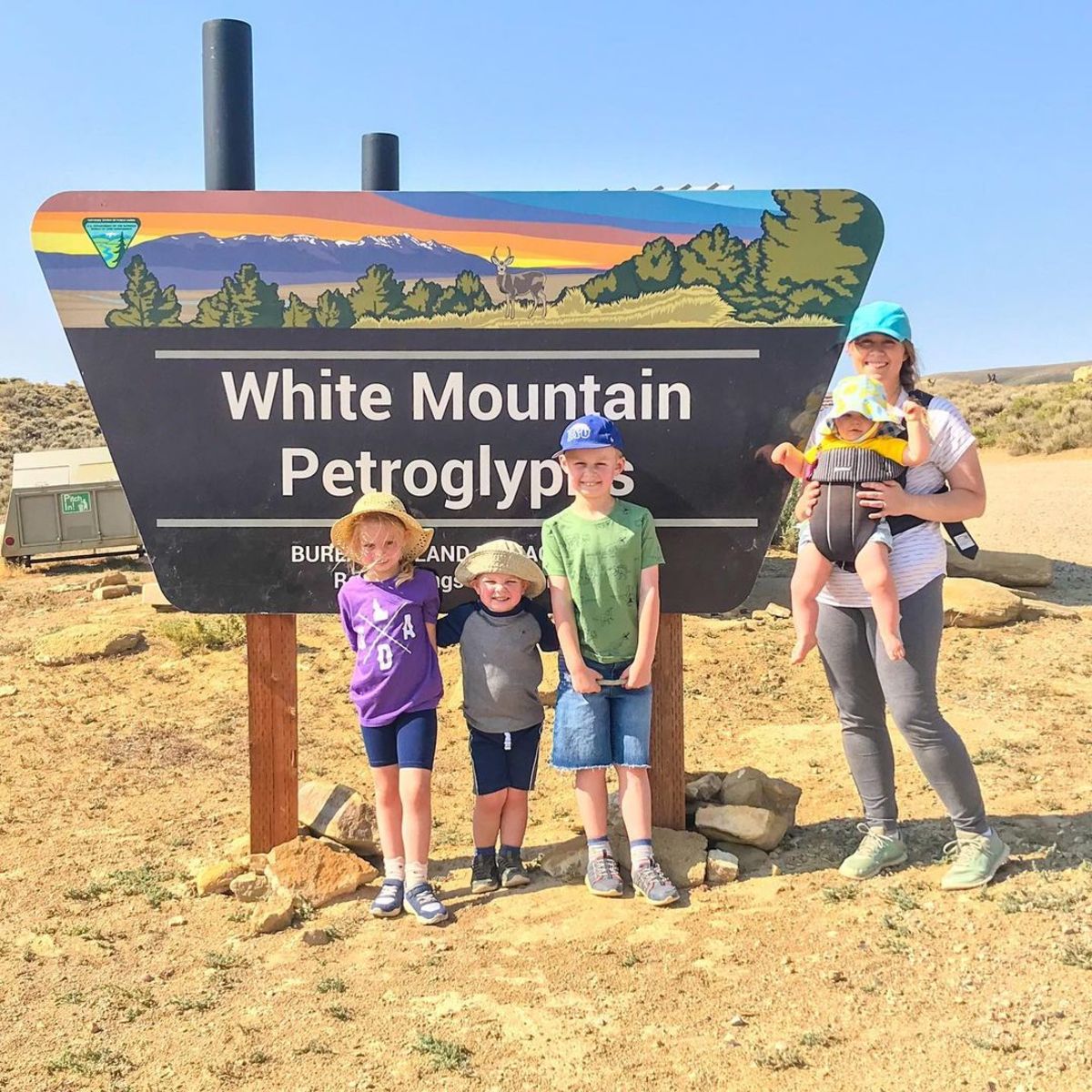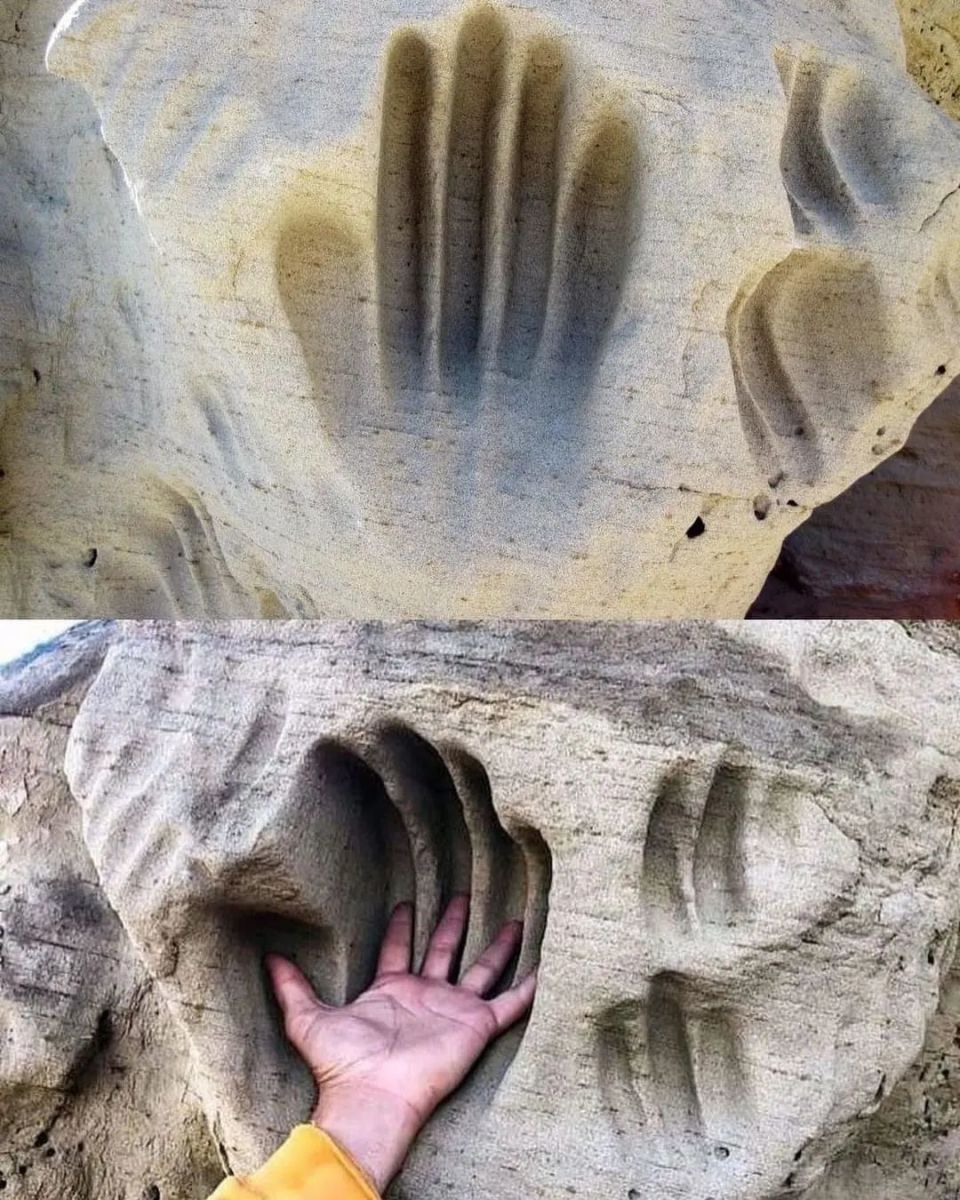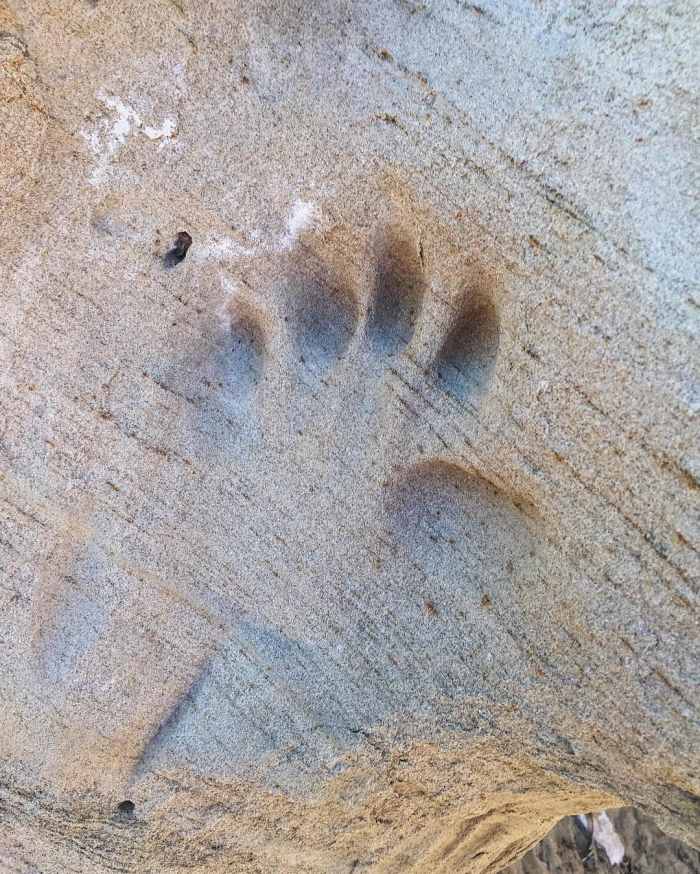While Wyoming may be famous for Yellowstone, it’s also home to the awe-inspiring White Mountain Petroglyph site, an ancient sandstone treasure in the state’s Red Desert. This remote, open-air gallery offers visitors a remarkable look at hundreds of carved figures, handprints, and symbols left by early Native American tribes. Visiting White Mountain brings a tangible connection to the people who called this land home hundreds of years ago.

The petroglyphs at White Mountain, etched between 200 and 1,000 years ago, depict scenes of bison and elk hunts, geometric designs, and the iconic handprints that seem to reach through history. These unique handprints, likely created by the Ancestral Eastern Shoshone between 1,000 and 1,800 AD, were carved into the soft sandstone by people who visited the site repeatedly, leaving a timeless impression of their presence.
This site holds incredible cultural significance, offering a rare glimpse into the lifestyles and beliefs of the Plains and Great Basin Native Americans who considered this place sacred. It also serves as a record of cultural encounters, with some carvings showing images of horses and even warriors holding swords, a testament to the first interactions between Native tribes and European settlers.
White Mountain is located in Wyoming’s Sweetwater County, close to the towns of Rock Springs and Green River, and is part of the larger Green River Formation. It’s one of Wyoming’s most notable rock art sites, yet it remains something of a hidden gem. Despite being free to visit, it attracts only about 12,000 visitors each year, making it a serene and relatively untouched destination.
To reach White Mountain Petroglyphs, take State Highway 191 north to mile marker 10, then head east on County Road 4-17 for 13 miles until you find the petroglyph access route. From there, it’s a short but steep hike of about two-thirds of a mile to the site. Due to rough roads and limited cell service, visitors are advised to bring plenty of water and drive a high-clearance vehicle if possible.

Managed by the Bureau of Land Management (BLM), the White Mountain site invites respectful visitation. As it holds sacred importance to Native American tribes in the area, visitors are asked to avoid touching the rock faces. Those with mobility needs can contact the BLM Field Office for special access accommodations.
Beyond Wyoming, there are other celebrated petroglyph sites for those interested in ancient rock art. Utah’s Nine Mile Canyon, often called the “world’s largest art gallery,” is filled with thousands of petroglyphs across 40 miles of rock surfaces. New Mexico’s Petroglyph National Monument also boasts an impressive collection of over 24,000 ancient carvings.


Leave a Reply